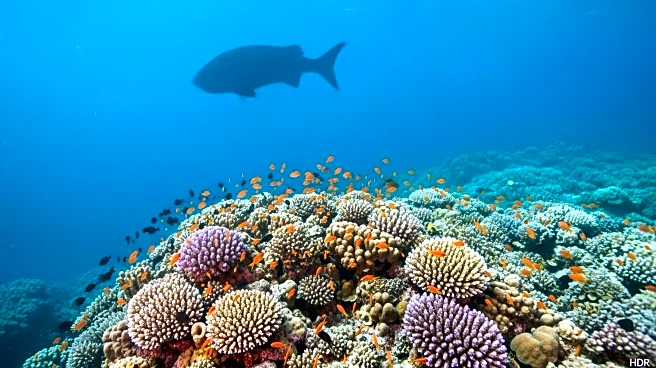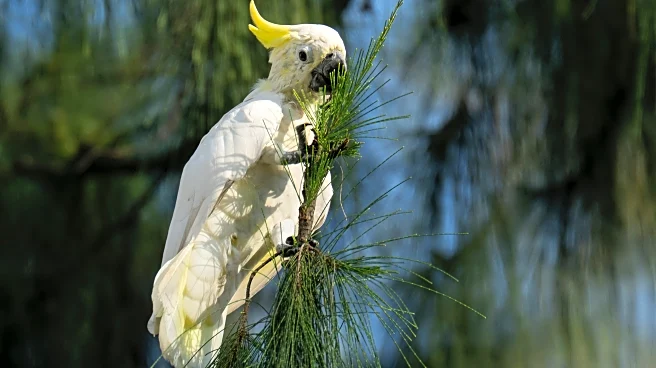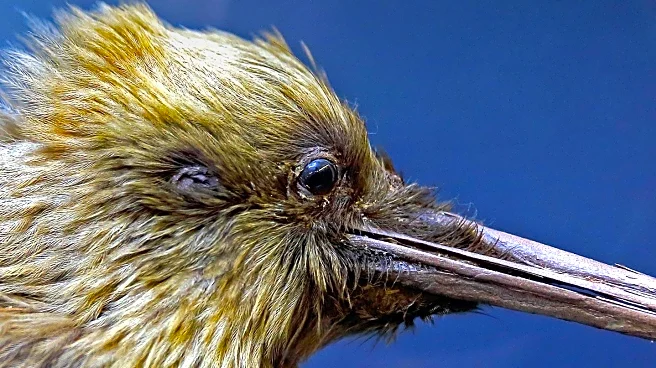What's Happening?
New Zealand is undertaking a major conservation project to protect its rare bird species, such as the kākāpō and takahē, by eliminating invasive predators by 2050. The initiative involves exterminating millions of animals, including rats, ferrets, and stoats, which threaten native birds. The project, estimated to cost over $100 million annually, relies on new technologies like AI-driven automated traps and genetic research to prevent predator breeding. Despite the ambitious goals, experts acknowledge challenges in achieving full eradication, emphasizing the development of new tools to better protect native wildlife.
Why It's Important?
This conservation effort is crucial for preserving New Zealand's unique biodiversity, which has been severely impacted by invasive species. The use of AI and genetic research represents a significant advancement in conservation technology, potentially setting a precedent for similar projects globally. Success could lead to thriving native wildlife populations, enhancing ecological balance and biodiversity. The initiative also highlights the importance of innovative approaches in addressing environmental challenges, potentially influencing conservation strategies worldwide.
What's Next?
New Zealand's Department of Conservation will continue to refine and develop technologies to reduce costs and improve effectiveness. The project may inspire international collaboration, sharing insights and tools with other countries facing similar challenges. Public support and ethical considerations will play a role in shaping future strategies, potentially leading to broader discussions on genetic modification and its implications. The success of this initiative could pave the way for more ambitious conservation projects globally.
Beyond the Headlines
The project raises ethical questions about the use of genetic modification and AI in wildlife management. While these technologies offer promising solutions, they also pose risks, such as unintended ecological consequences. The initiative underscores the need for careful consideration of ethical and environmental impacts, fostering dialogue on responsible innovation in conservation. The project may also influence public perception of invasive species management, highlighting the balance between technological advancement and ecological preservation.











